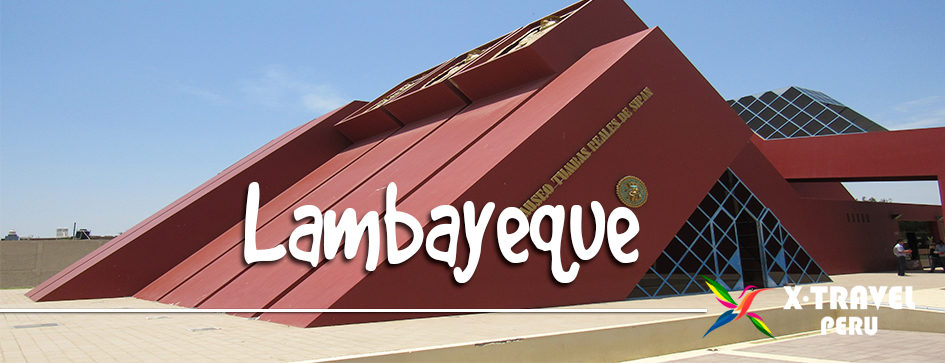Description
The department of Lambayeque is located north of the Peruvian coast. With its capital city of Chiclayo. Lambayeque inherited part of the irrigation systems built by the Mochicas; but his works were more colossal because the spaces they managed to irrigate were much larger. They have the authorship of almost the entire network of channels, intakes and reservoirs, which articulated the valleys of Reque, Lambayeque, La Leche and Saña. The result was a prosperous agriculture, with main crops of corn and cotton. Articulating so many valleys and being in a strategic area (easy to link with the different regions), allowed them to also stand out in trade.
Tourism
In this place, important archaeological remains were discovered such as pyramids and administrative centers on the desert and in the middle of hot valleys. It is the land of sovereigns who ruled the north of Peru centuries ago and who returned from the past: the “Lord of Sipán”. We also find other important archaeological sites still to be explored such as Sicán, Tucume and Chotuna; as well as avant-garde museums with invaluable collections.
Lambayeque has beaches such as the Pimentel Spa, Puerto Eten, San Jose and Santa Rosa; nature with the Chaparrí Ecological Reserve, Laquipampa Wildlife Refuge and the historic Chaparri Sanctuary, and it has excellent cuisine, the result of the genetic memory of its people.
Location: On the northern coast of Peru, although most of the department is located on the desert, it also has other ecosystems such as the dry forest and the coastal yungas.
Gastronomy
The Lambayecan Cause; It is based on a cooked potato dough, usually surrounded by fresh ingredients such as lettuce, olives, tomato slices, as much as possible to look like a salad served as a starter or appetizer. “The Rice with Duck”; It has its origin in the Spanish “paellas” that arrived with the European women and that mixed the meals with the resources of the young Peruvian lands with the nostalgia of the distant homeland. Other typical dishes are “chinguirito”, “cabrito de cabrito” (kid meat), “kinkon”, “humintas”.



Leave a Reply